Propagation Of Horseradish: How To Divide A Horseradish Plant
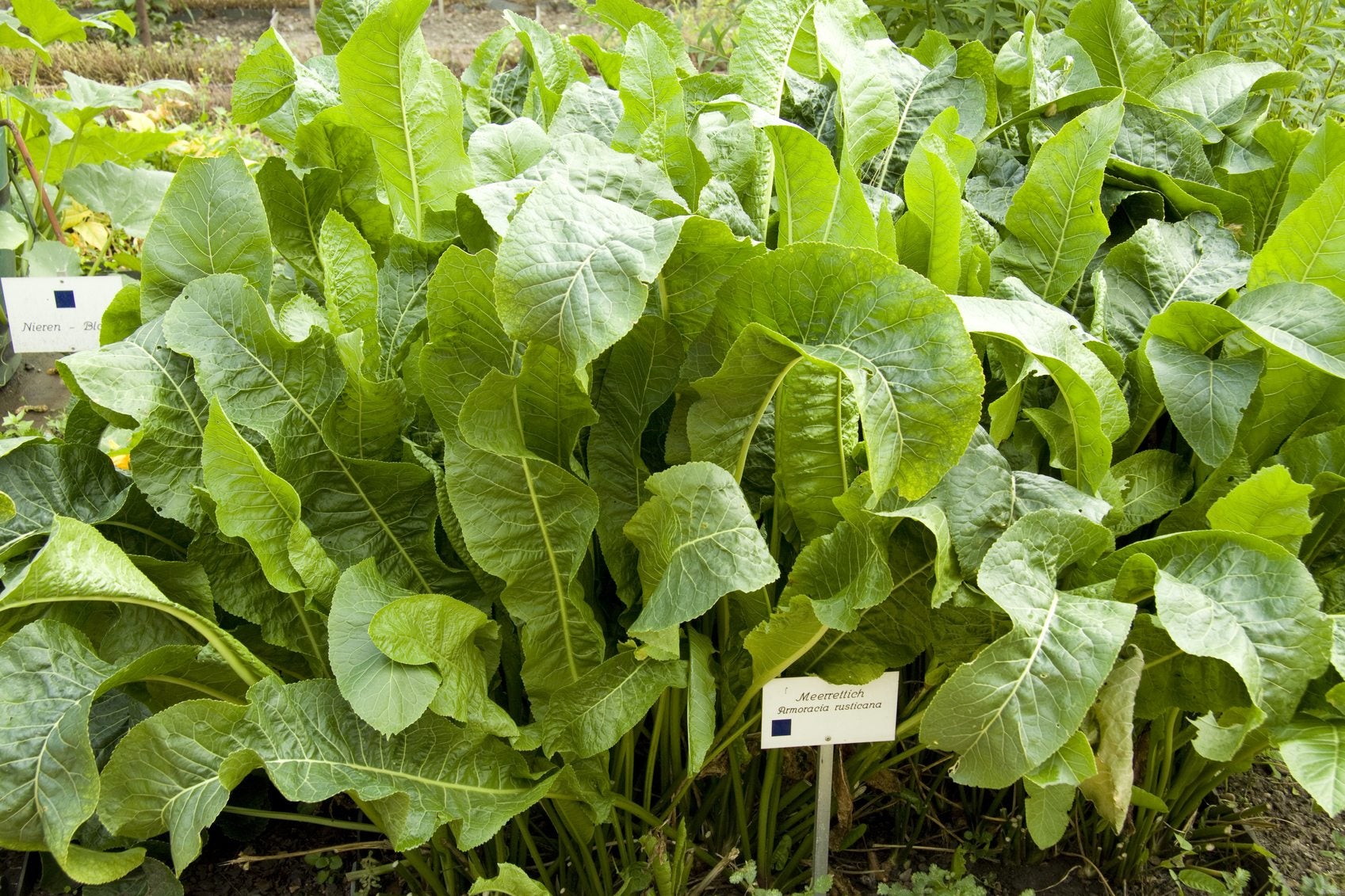
Horseradish (Armoracia rusticana) is an herbaceous perennial in the family Brassicaceae. Since the plants do not produce viable seeds, propagation of horseradish is via root or crown cuttings. These hardy plants can become quite invasive, so dividing horseradish plants becomes a necessity. The question is when to split horseradish roots. The following article contains information on how to divide a horseradish plant and other useful information on horseradish root division.
When to Split Horseradish Roots
Horseradish is suited for growing in USDA zones 4 through 8. The plant grows best in full sun to partial sun in warmer regions, in almost all soil types, provided they are well-draining and highly fertile with a pH of 6.0-7.5 and thrive in cooler temperatures. Horseradish root division should occur when the leaves have been killed off by frost or late in the fall in warmer regions. If you live in a really warm area where ground temps stay above 40 degrees F. (4 C.) year-round, horseradish can be grown as an annual and roots will be harvested and stored in the refrigerator until propagation of horseradish in the spring.
How to Divide a Horseradish Plant
Prior to dividing horseradish plants in the fall, prepare the planting site by weeding and raking out any large pieces of detritus. Amend the soil with 4 inches (10 cm.) of compost and coarse sand and dig it into a depth of one foot (31 cm.). Loosen the soil around the plants, about 3 inches (8 cm.) out from the crown and down 10 inches (25 cm.) into the soil. Lift the plants carefully from the ground with a fork or shovel. Brush off the large clumps of soil from the roots and then wash them with a garden hose to remove the remaining dirt. Let them dry in a shaded area. Wash a sharp gardening knife with hot soap and water, then sanitize with rubbing alcohol to remove any pathogens that might infect the roots prior to cutting into them. Dry the knife with a paper towel. Propagation of horseradish is done with either root or crown cuttings. Regions with short growing seasons should use the crown method. To create crown cuttings, slice the plant into equal portions with an even share of foliage and roots. For root cuttings, slice the slender side roots into 6 to 8 inch (15-20 cm.) long sections, each with a diameter of around ¼ inch (6 mm.). In your prepared planting site, dig a hole that is deep enough to accommodate the root of the cutting. Plant the new horseradish plants 2 feet (61 cm.) apart in rows that are 30 inches (76 cm.) apart. Backfill around the plants until the root is covered. If using crown cuttings, fill in until the base of the stems are even with the rest of the bed. Water the cuttings in well, down to a 4 inch (10 cm.) depth. Lay 3 inches (8 cm.) of mulch down between the cuttings, leaving an inch (2.5 cm.) between the mulch layer and the plants to help retain moisture. If you lack rain during the winter months, water each week down to a depth of an inch (2.5 cm.). Allow the soil to dry completely between watering.
Gardening tips, videos, info and more delivered right to your inbox!
Sign up for the Gardening Know How newsletter today and receive a free copy of our e-book "How to Grow Delicious Tomatoes".

Amy Grant has been gardening for 30 years and writing for 15. A professional chef and caterer, Amy's area of expertise is culinary gardening.
-
 12 Lush Alternatives To A Lawn For Sustainable Spaces
12 Lush Alternatives To A Lawn For Sustainable SpacesAlternatives to a lawn are beautiful and also beneficial to your local ecosystem and its pollinators. Explore our top picks for plants to replace grass.
By Tonya Barnett
-
 Types Of Tomatoes Explained: Explore The Many Wonderful Shapes, Colors, Flavors, & Best Uses
Types Of Tomatoes Explained: Explore The Many Wonderful Shapes, Colors, Flavors, & Best UsesThe world of tomato varieties is vast and fascinating. Learn about the key types to grow in your garden, tailored to your preferences and space.
By Amy Grant
-
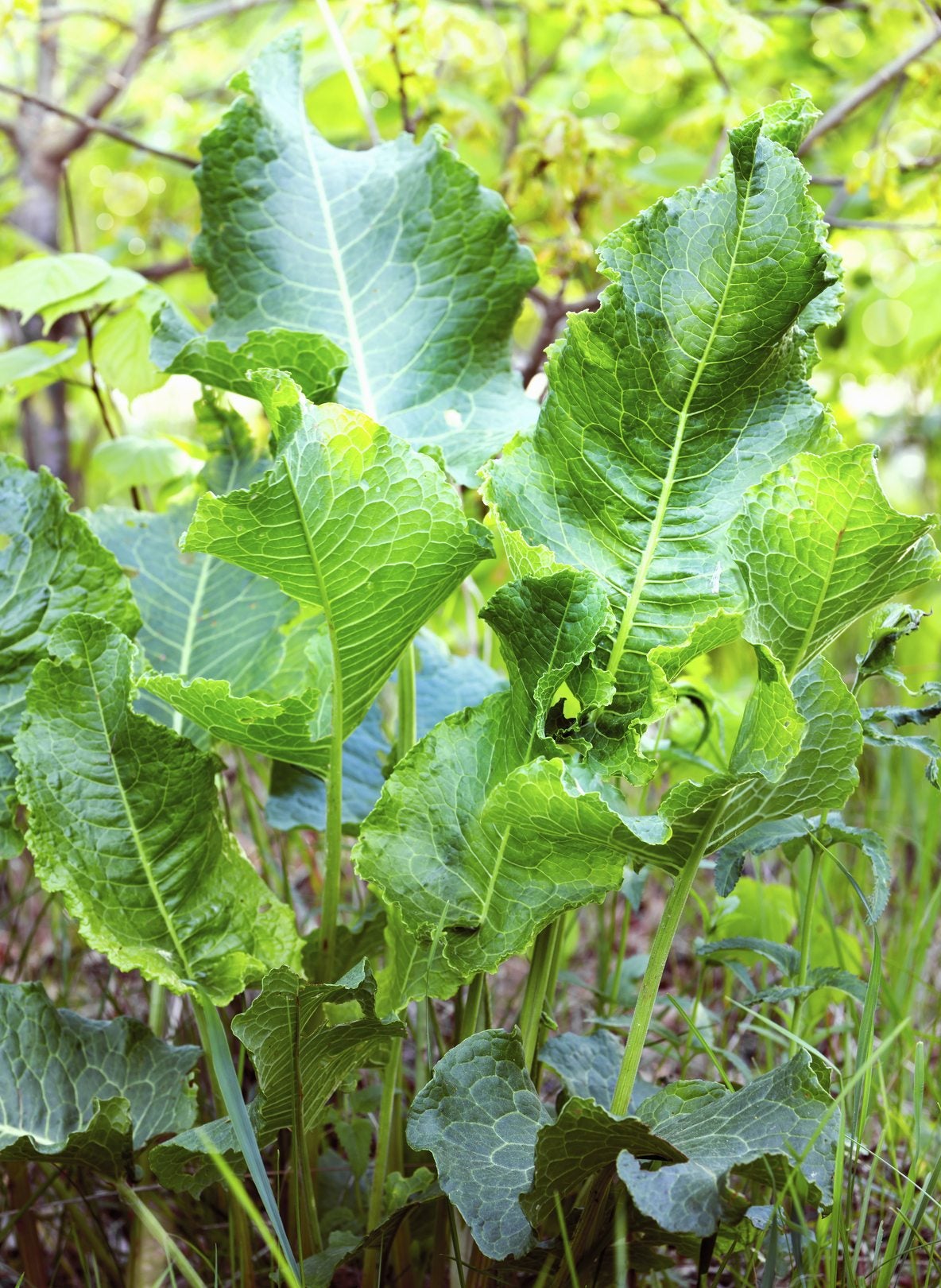 Horseradish Plant Companions: What Grows Well With Horseradish Plants
Horseradish Plant Companions: What Grows Well With Horseradish PlantsFresh horseradish is absolutely delicious and the good news is it's easy to grow your own. It is also healthy so companion plants for horseradish might get a huge benefit. Find out about companion planting with horseradish in this article.
By Amy Grant
-
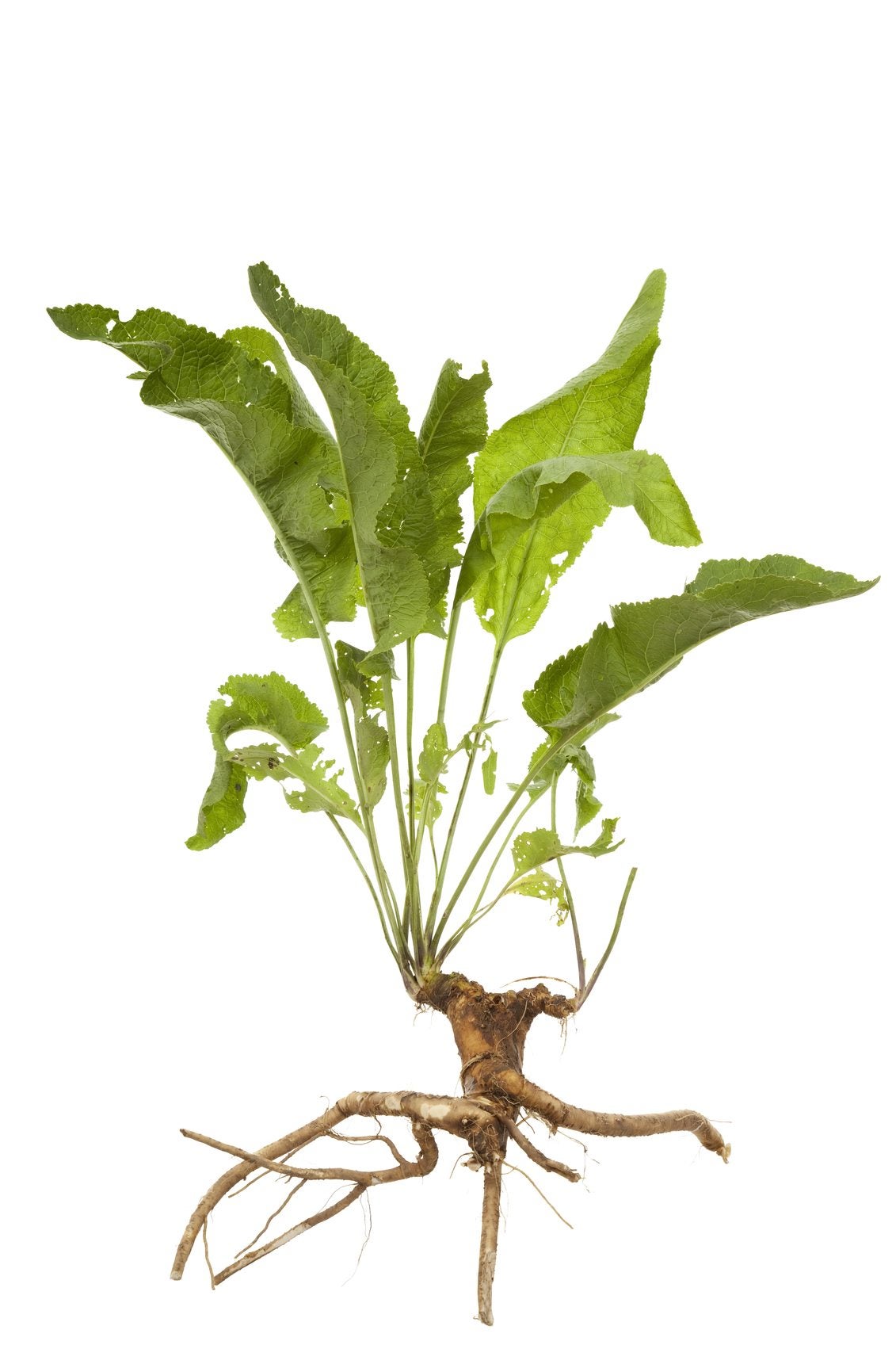 Horseradish Harvesting – When And How To Harvest Horseradish Root
Horseradish Harvesting – When And How To Harvest Horseradish RootHarvesting horseradish plants is a simple task and the resulting condiment can be stored in the refrigerator for up to 6 weeks. Find out how and when to harvest horseradish root in the garden by clicking this article for more information.
By Amy Grant
-
 Horseradish Plant Has Flowers – Should You Cut Horseradish Flowers
Horseradish Plant Has Flowers – Should You Cut Horseradish FlowersLike its cousins, broccoli and radish, the horseradish plant has flowers. The question is, are horseradish flowers edible? If not, should you cut horseradish flowers? The following article will try and answer these questions. Click here to learn more.
By Amy Grant
-
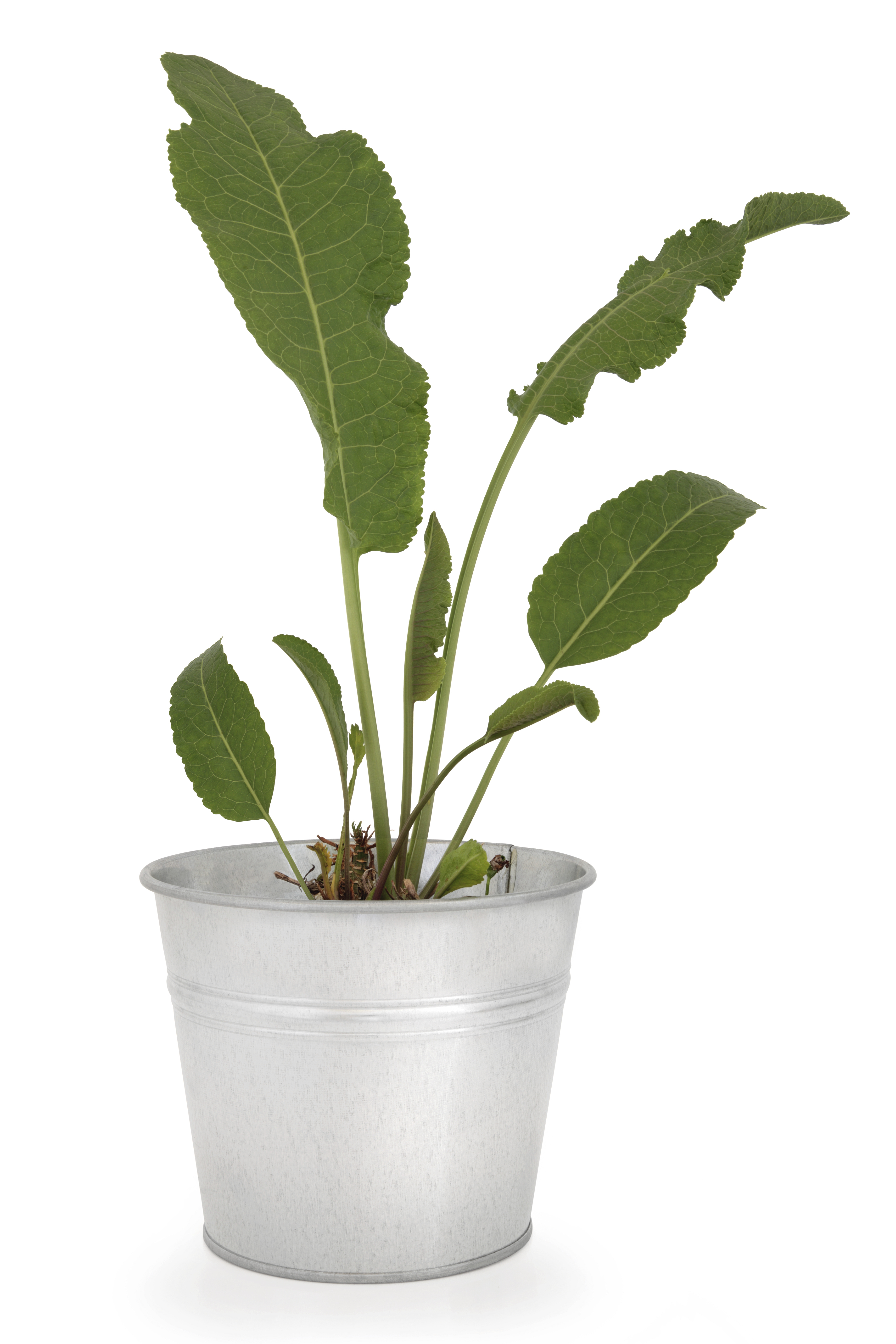 Horseradish Care In Pots: How To Grow Horseradish In A Container
Horseradish Care In Pots: How To Grow Horseradish In A ContainerIf you have ever grown horseradish, then you are only too well aware that it can become quite invasive. The solution, of course, would be container-grown horseradish. Look at this article to find out how to grow horseradish in a container.
By Amy Grant
-
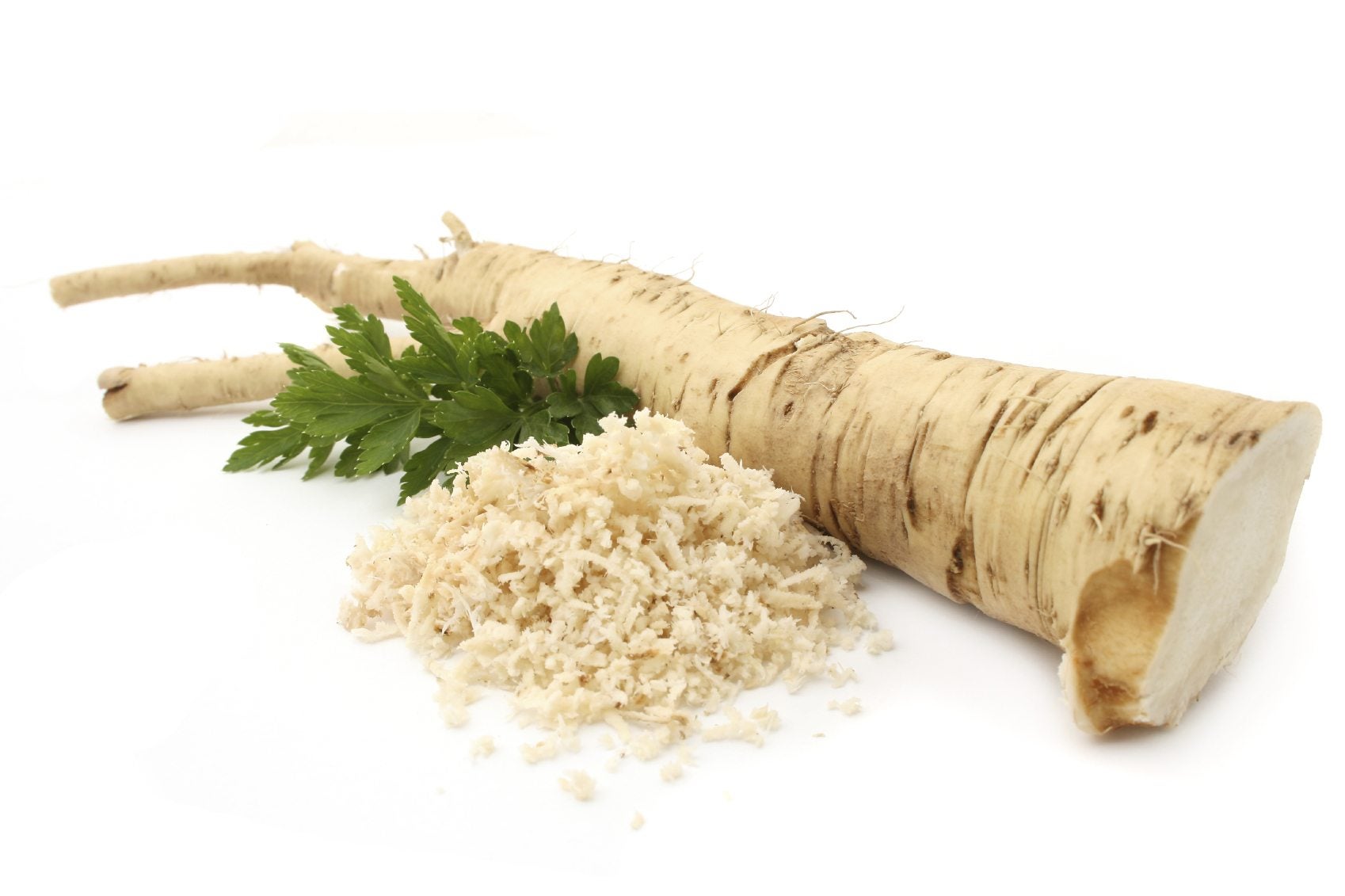 How To Make Horseradish Hot: Why Is My Horseradish Not Hot
How To Make Horseradish Hot: Why Is My Horseradish Not HotI have had some dishes where the horseradish was not hot. Perhaps there wasn?t enough horseradish sauce or maybe the sauce was old. Whatever the case, there are some tips to making spicy horseradish. This article will help with that.
By Amy Grant
-
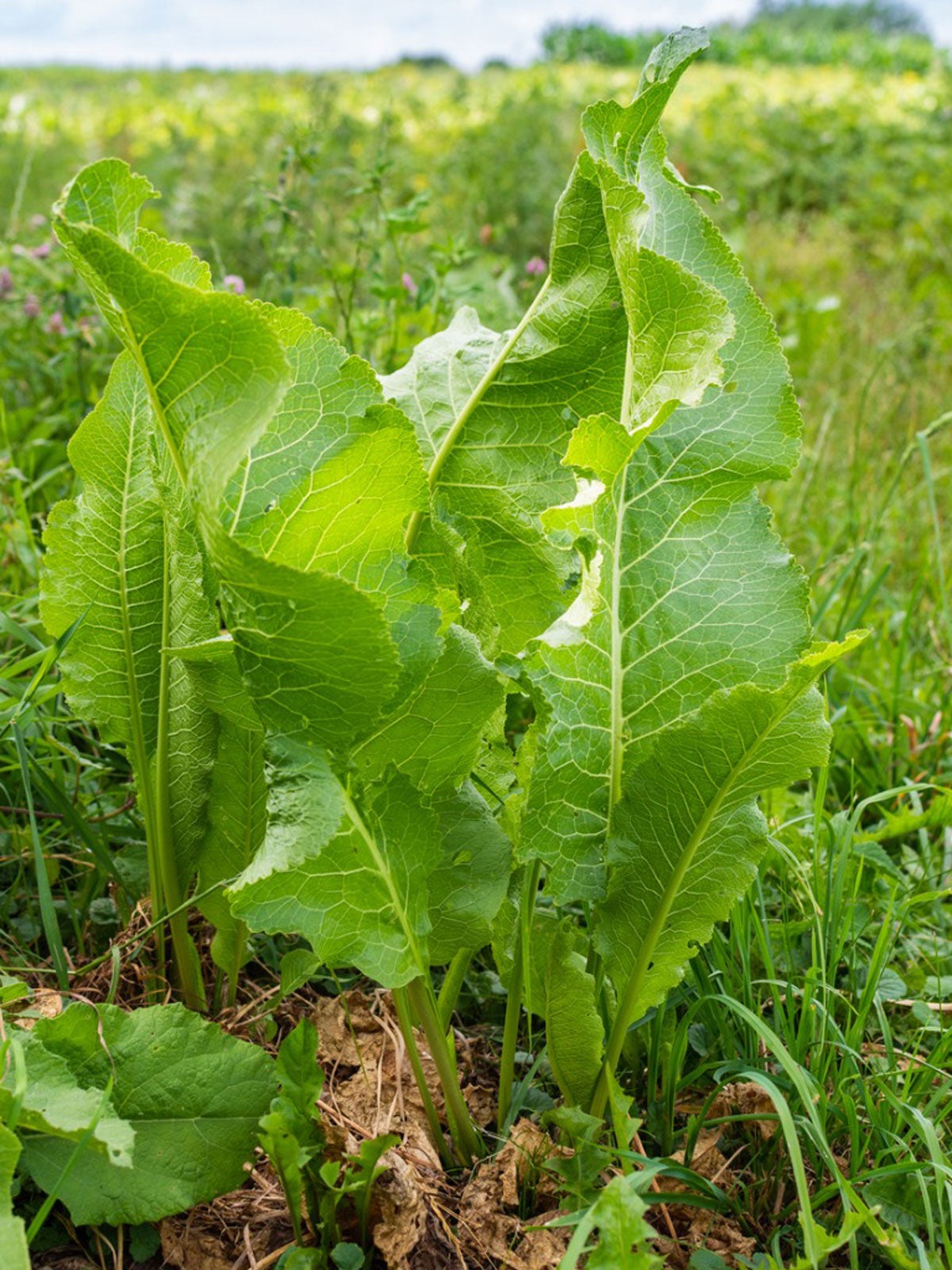 How To Control Horseradish Plants – Eliminating Horseradish From The Garden
How To Control Horseradish Plants – Eliminating Horseradish From The GardenHorseradish is prolific. Once it’s started, it will grow almost anywhere. Growing horseradish as an herb is easy, but it can become invasive and turn into an unwanted guest. If you’re wondering how to kill horseradish, click this article for help.
By Caroline Bloomfield
-
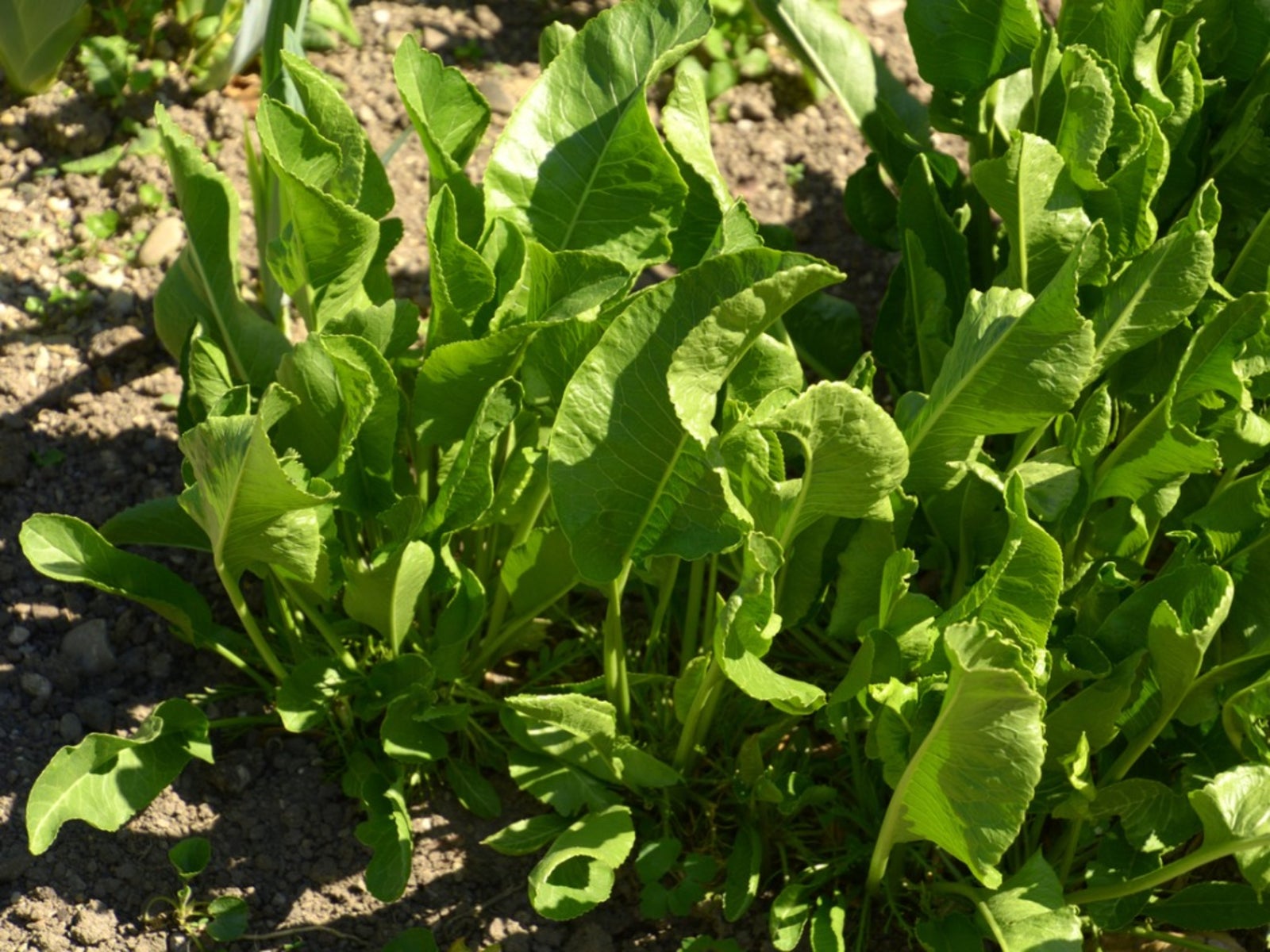 Growing Horseradish: How To Grow Horseradish
Growing Horseradish: How To Grow HorseradishOnly people who have grown horseradish in their garden know how truly pungent and delicious horseradish can be. Growing horseradish in your garden is easy. Just follow the tips found in this article.
By Heather Rhoades